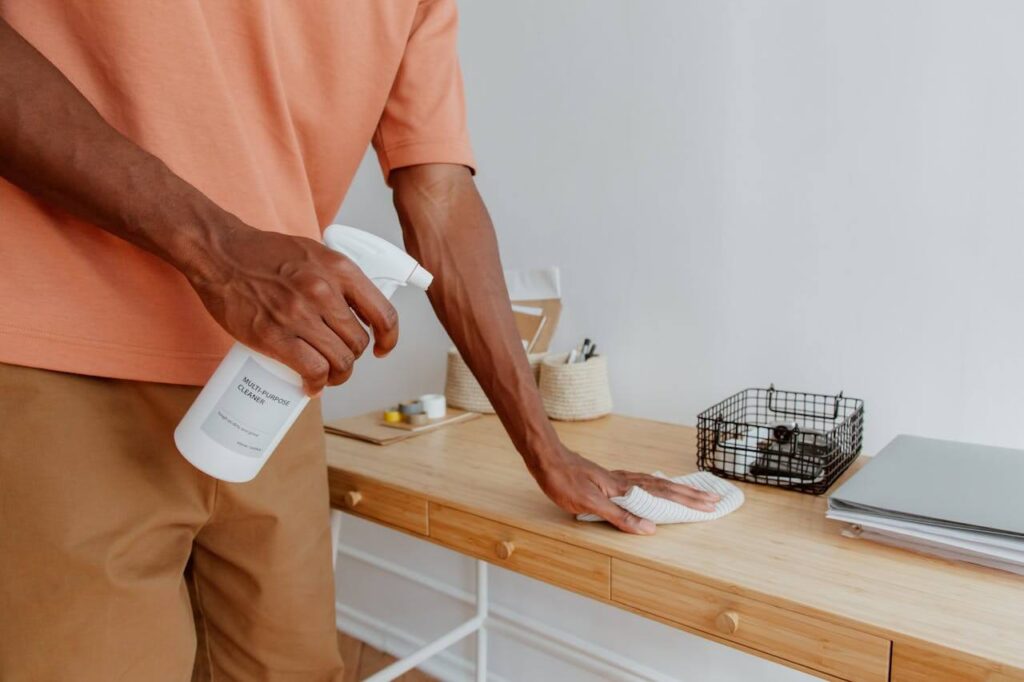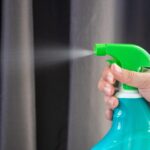
Truth be told—sanitizing wipes have transformed into a modern household necessity. However, commercially available options often come with drawbacks: significant expense, overwhelming chemical potency, and formulations containing substances potentially unsuitable for homes with young children or animal companions. Fortunately, crafting effective cleaning cloths at home requires minimal effort. This approach offers economic advantages, customization possibilities, and environmentally conscious cleaning solutions.
This comprehensive guide demonstrates precisely how to create homemade cleaning cloths that perform equally well—perhaps even more effectively—using readily available household ingredients. No specialized equipment or complex procedures required—just straightforward, efficient cleaning with added peace of mind.
Advantages of Self-Prepared Sanitizing Cloths
The straightforward assessment: They offer improved safety profiles, cost efficiency, and environmental benefits.
Consider this perspective—standard commercial products typically contain aggressive compounds such as chlorine bleach or ammonia derivatives. While such formulations might suit clinical environments, they present questionable choices for food preparation surfaces or children’s playthings. By contrast, homemade alternatives incorporate gentle yet effective ingredients that neutralize microorganisms and dissolve grime without causing skin irritation or leaving potentially harmful residues.
Additionally, creating reusable cloth wipes eliminates ongoing purchase costs while reducing single-use plastic waste. The ability to incorporate preferred aromatic elements through essential oil additions transforms cleaning tasks into a more pleasant experience.

Essential Components for Homemade Cleaning Cloths
Most households already possess these fundamental items:
- Repurposed fabric squares, microfiber materials, or premium paper toweling – forming the physical cleaning medium
- Hermetically sealable container – mason-style jar, repurposed commercial wipe container, or glass food storage vessel
- Distilled white vinegar – provides natural antimicrobial properties and odor neutralization
- Isopropyl alcohol (minimum 70% concentration) – critical for microbial elimination
- Mild dishwashing liquid – dissolves oils and particulate matter
- Plant-based essential extracts – optional aromatic additions with supplementary antimicrobial properties (citrus, melaleuca, or lavandula varieties)
- Mixing vessels – for solution preparation
Detailed Process for Creating DIY Sanitizing Wipes
Follow these straightforward steps to produce effective natural cleaning cloths in under ten minutes:
1. Prepare Your Cleaning Medium
For fabric options, transform discarded cotton garments or household textiles into approximately 15cm square pieces. When utilizing paper products, bisect a premium towel roll using a serrated blade and extract the central cardboard element to facilitate individual sheet dispensing.
2. Formulate the Cleaning Solution
Combine in a mixing receptacle:
- 240ml isopropyl alcohol (minimum 70% concentration)
- 120ml white vinegar
- 5ml mild dishwashing liquid
- 10-15 drops preferred essential oil extract (optional enhancement)
Blend components with minimal agitation to avoid excessive foam formation.
3. Saturate the Cleaning Medium
Position fabric or paper elements within your selected container. Gradually introduce the liquid formulation until materials achieve complete saturation without excessive dripping.
4. Allow Initial Absorption
Secure the container and permit contents to equilibrate for several minutes, ensuring thorough solution distribution throughout the cleaning medium.
5. Implementation
Extract individual wipes as needed for cleaning tasks. Store in a temperature-controlled location with minimal light exposure to maintain efficacy.
Optimal Applications for Homemade Sanitizing Cloths
These versatile cleaning tools address numerous household scenarios:
- Sanitize frequently-contacted surfaces: illumination controls, door handles, remote control devices
- Decontaminate food preparation surfaces, cutting implements, and refrigerator contact points
- Refresh lavatory fixtures, commode surfaces, and water dispensers
- Sanitize personal items following public exposure: communication devices, entry implements, vehicle control surfaces
- Address immediate cleanup requirements following food preparation or accidental spills
Ensure optimal effectiveness by using adequately moistened cloths and laundering reusable fabric versions after each application cycle.

Preservation Strategies for Extended Efficacy
Without commercial preservative compounds, homemade formulations have finite practical lifespans. Maximize utilization through these approaches:
- Maintain airtight storage conditions to prevent solution evaporation
- Periodically redistribute moisture through container rotation or inversion
- Supplement partially dehydrated cloths with additional solution rather than creating entirely new batches
- Utilize pristine base materials without pre-existing residues that might compromise performance
- Plan for utilization within 7-14 days for optimal antimicrobial effectiveness
Self-created sanitizing cloths represent an accessible, economical approach to household maintenance without unnecessary chemical exposure. They deliver effective cleaning performance with pleasant aromatic qualities while reducing environmental impact. Once you experience the benefits of this simple DIY alternative, commercial options may lose their former appeal.
Latest Posts
The Best Way to Store Fruits and Vegetables to Keep Them Fresh Longer
Food preservation isn’t just a skill—it’s a strategic mission to rescue your...
1 Mins readHow to Keep Your Patio Furniture Looking New
Outdoor furniture isn’t just decor—it’s an investment in your personal retreat. Every...
1 Mins readHow to Choose the Best Area Rug for Your Home
Imagine a single element that can instantly reshape your living environment—welcome to...
1 Mins readThe Ultimate Guide to Choosing the Right Vacuum Cleaner
Selecting an ideal vacuum involves much more than grabbing whatever’s on sale....
3 Mins read











